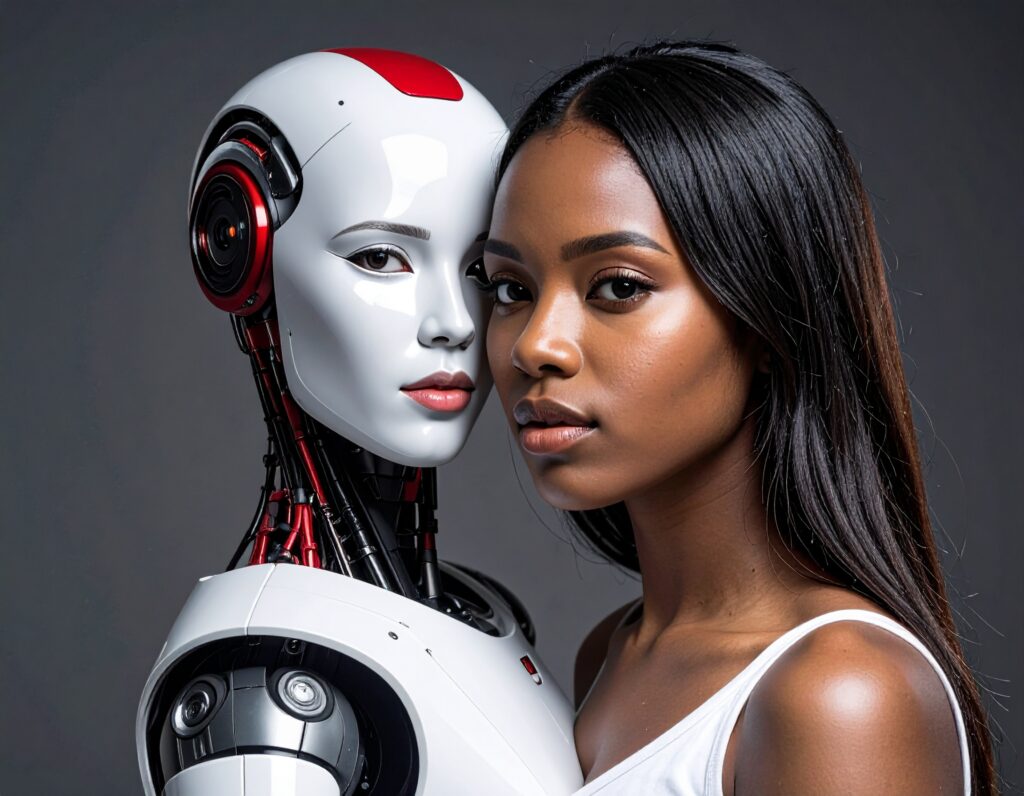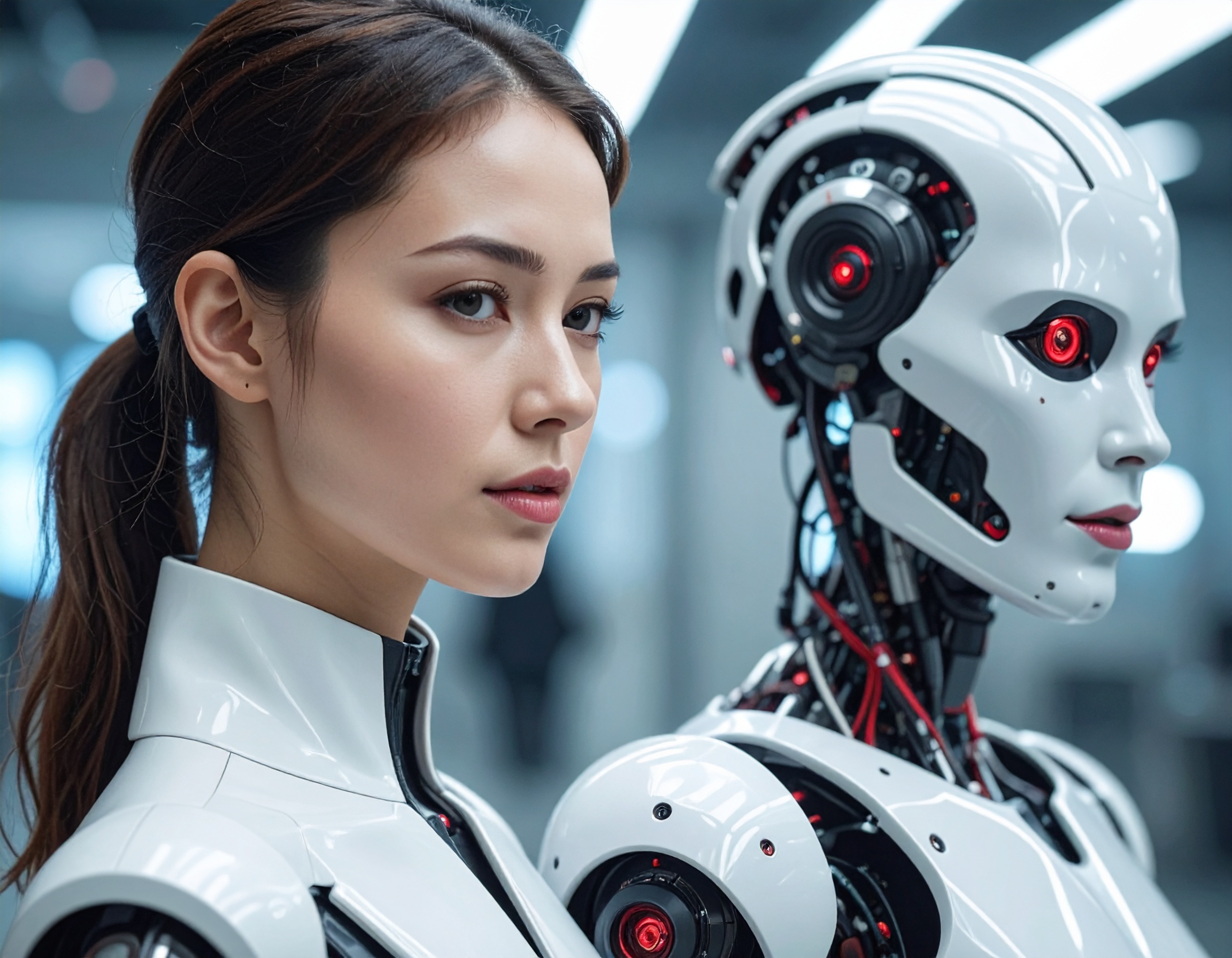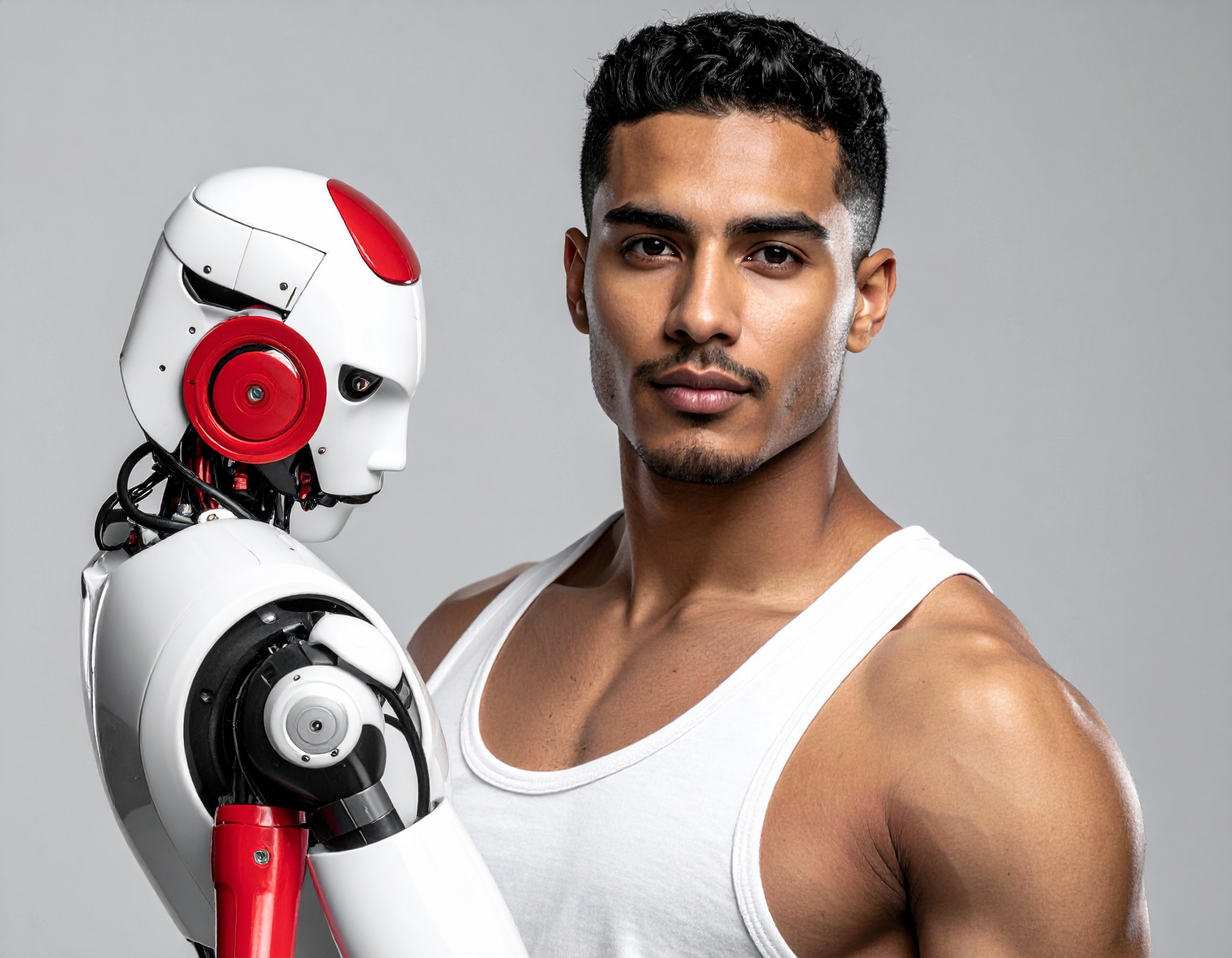Robots at Work: How Foxconn, Nvidia & Tesla Are Building the “AI Employee” Era

Humanoids Enter the Factory Floor
On November 11 2025, a major announcement revealed that manufacturing giant Foxconn will deploy humanoid robots in its Houston, Texas AI-server plant. The new facility, built to make servers for Nvidia, will be among the world’s first fully automated production lines using robots that look and act like humans. Aided by Nvidia’s Isaac GR00T robotics platform, these “non-human workers” will transform assembly work and signal a landmark step for industrial automation.
This matters because it suggests the shift from human labour to “AI employees” isn’t a distant possibility—it’s happening now. With such factories, the concept of “Voice AI Agents” or humanoid agents doing work once reserved for humans is entering reality.
What Exactly Is Happening – Key Facts
Here are the main details of how and why this is unfolding:
- Foxconn’s Houston plant will deploy humanoid robots within six months as part of its AI-server production line.
- Nvidia is supplying the robotics stack — both hardware and software — via its Isaac platform and GR00T general-purpose robot model.
- According to research cited by the article, the humanoid robotics market could become a $5 trillion industry by around 2050, with major players like Tesla, Inc., Apple Inc. and Meta Platforms investing heavily.
- Tesla’s “Optimus” robot is mentioned as a parallel effort; Elon Musk has predicted humanoids will be “the biggest product of all time”.

Why This Is Important for Workers & Industry
The push toward humanoid automation heralds multiple changes:
- For enterprises, deploying humanoids means factories with fewer human line-workers and more “AI employees” doing tasks that were once manual. This could shift labour dynamics significantly.
- For society, the idea of non-human workers and Voice AI Agents doing meaningful physical work raises questions about jobs, training, and what humans will do instead.
- For technology and investment, platforms like Nvidia’s show how robotics is being treated like software/AI infrastructure — the brain behind future non-human workers. As described, this marks a transition into what Nvidia calls “physical AI”.
In short, this isn’t just a factory upgrade; it’s a glimpse of a world where “employees” may be robots, and humans shift toward oversight, design and value-added roles.
What to Watch Next
Going forward, key indicators will include:
- How many humanoid robots Foxconn actually fields and how well they integrate into the production line.
- How quickly Tesla (and others) scale up their humanoid efforts — if Optimus or equivalents become commercially viable.
- How labour markets respond: Will we see job re-skilling at pace? Will new jobs around the “management of non-human workers” emerge?
- Whether regulatory and ethical frameworks adapt to a workforce composed partially of AI/humanoid agents.
Key Highlights:
- Foxconn will deploy humanoid robots in its Houston AI-server plant within six months.
- Nvidia provides the robotics stack via Isaac and GR00T; the humanoid robot market could reach US $5 trillion by 2050.
- Tesla’s Optimus robot program and other tech giants are part of the wider shift toward non-human workers and “AI employees”.
- This development signals a major shift in manufacturing, labour, and technology, where Voice AI Agents and humanoids may join the workforce.
- Watching how this plays out will be critical: robot deployment, human job impacts, industry transformation and the rise of hybrid human-robot workplaces.
Reference:
https://technologymagazine.com/news/foxconn-nvidia-and-tesla-to-power-humanoid-robot-revolution


